Best Practices
SharePoint is a popular collaboration and content management platform used by many organizations worldwide. As technology evolves, businesses are often faced with the need to migrate their SharePoint environment to a newer version or to a different platform entirely. The migration process can be complex and time-consuming, but with the right planning and execution, it can be a smooth and seamless process. In this article, we will discuss some of the best practices for SharePoint migration to ensure a successful outcome.
1- Plan and Prepare
The first and most critical step in a SharePoint migration is to plan and prepare. This involves understanding the current environment, identifying the goals of the migration, and determining the resources required to complete the migration. A thorough plan should include a timeline, budget, risk assessment, and a communication plan to keep stakeholders informed throughout the migration process.
2- Assess Current Environment
Before migrating to a new platform, it is essential to assess the current environment. This involves identifying the content, configurations, customizations, and dependencies within the current environment. This information will be crucial for determining what needs to be migrated and the best method for migration.
3- Choose the Right Migration Method
There are several methods for migrating content and configurations to a new SharePoint environment, including manual migration, third-party migration tools, and hybrid approaches. The best method will depend on the size and complexity of the environment, the amount of customizations, and the resources available.
4- Test and Validate
Testing and validation are critical components of a successful migration. Before the migration is completed, it is important to test the new environment to ensure that all content, configurations, and customizations have been successfully migrated. This includes testing all custom applications, workflows, and integrations to ensure they are functioning correctly.
5- Communicate with Stakeholders
Communication with stakeholders is essential throughout the migration process. Keeping stakeholders informed of the progress, risks, and any potential disruptions will help to ensure a smooth migration and minimize the impact on the business.
6- Document and Train
After the migration is complete, it is important to document the new environment and provide training to ensure that stakeholders are aware of any changes and can effectively use the new platform.
In conclusion, migrating to a new SharePoint environment can be a complex process, but with the right planning, preparation, and execution, it can be a smooth and seamless transition. By following these best practices, organizations can ensure that their migration is successful and that their new SharePoint environment meets the needs of their business.




